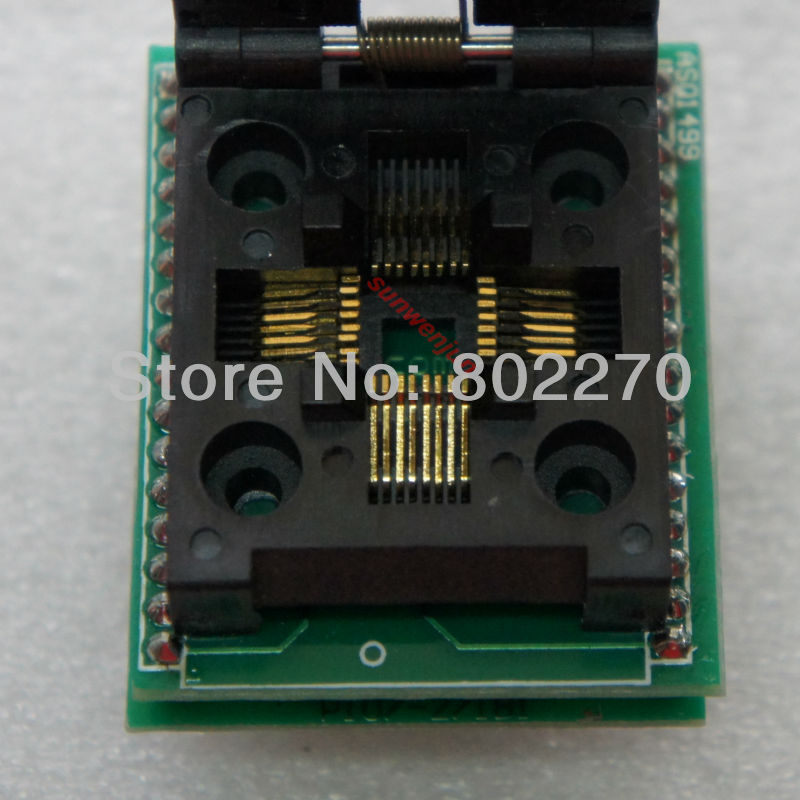jason_recliner
Well-known member
What is it about kovar that seems to make CuCl2 / AP foam up like crazy?
This started a few weeks ago. I went down the local aquarium and picked up a $2 air stone, rather than just have the tube going to the bottom of the jar.
I expected a bit of a speed difference, but wow. A second identical AP batch went from over a month (it's winter), down to about a week. Yay.
So after 8 hours running on a batch using old AP with about 1/4 inch layer of bubbles on top, within a 20 minute period it had foamed like all hell and I had a massive overflow. Lucky I had it all in a plastic tray but it took a fair bit of cleaning up. I figured it had run out of HCl. No big deal, just add some more. But plenty enough for my fingers, that only fixed it for a while. Or maybe has it foamed because it needs more water to help dissolve salts? Because HCl is 68% water too.
The base material is springy tabs from EEPROM programmer ZIF sockets, and is likely to be kovar. I now see MGH mentions kovar causes foaming annoyingly. http://goldrefiningforum.com/~goldrefi/phpBB3/viewtopic.php?f=61&t=21897&p=227623&hilit=kovar+foam#p227623
Does anyone know why it does this?
I've acquired a growing container of AP I have been reusing for over a year, just adding HCl to individual jobs occasionally, then once it's it done it goes back in the AP container. I already know it's full of all sorts of rubbish; heaps of tin, lead & iron... probably also zinc, beryllium, cobalt, insects, and a bit of frog. But because the first lot of AP that treated the kovar went back into the bulk container before I bought the air stone, I've possibly at least partly contaminated the lot. Though I do still have the last one separated.
I can't tell you how many times I've reread Butcher's post about rejuvenating copper(ii) chloride. http://goldrefiningforum.com/~goldrefi/phpBB3/viewtopic.php?f=46&t=20006&p=204406&hilit=butcher+white+powder+ferrous+cuprous+cupric+cool+decant#p204406.
From this I have already managed to separate a nice lot of CuCl and CuCl2 powders (wet) if I want to start my AP over. Removing metals other than lead chloride is not so clear.
But I want to be as efficient with HCl as possible, reuse it as long as I can. I'm also lazy and want to treat as little waste as possible. The AP still seems to work, but this foaming is getting to me. Even on a small batch of RAM fingers, it's now foaming up. :evil: This is no good.
Have I wrecked my AP and just need to treat it for waste and start over?
Side note: I saw Nurdrage's video recently on lossless recovery of HCl and copper using sulfuric. I'd love a bit of distillation kit like that. 8)
This started a few weeks ago. I went down the local aquarium and picked up a $2 air stone, rather than just have the tube going to the bottom of the jar.
I expected a bit of a speed difference, but wow. A second identical AP batch went from over a month (it's winter), down to about a week. Yay.
So after 8 hours running on a batch using old AP with about 1/4 inch layer of bubbles on top, within a 20 minute period it had foamed like all hell and I had a massive overflow. Lucky I had it all in a plastic tray but it took a fair bit of cleaning up. I figured it had run out of HCl. No big deal, just add some more. But plenty enough for my fingers, that only fixed it for a while. Or maybe has it foamed because it needs more water to help dissolve salts? Because HCl is 68% water too.
The base material is springy tabs from EEPROM programmer ZIF sockets, and is likely to be kovar. I now see MGH mentions kovar causes foaming annoyingly. http://goldrefiningforum.com/~goldrefi/phpBB3/viewtopic.php?f=61&t=21897&p=227623&hilit=kovar+foam#p227623
Does anyone know why it does this?
I've acquired a growing container of AP I have been reusing for over a year, just adding HCl to individual jobs occasionally, then once it's it done it goes back in the AP container. I already know it's full of all sorts of rubbish; heaps of tin, lead & iron... probably also zinc, beryllium, cobalt, insects, and a bit of frog. But because the first lot of AP that treated the kovar went back into the bulk container before I bought the air stone, I've possibly at least partly contaminated the lot. Though I do still have the last one separated.
I can't tell you how many times I've reread Butcher's post about rejuvenating copper(ii) chloride. http://goldrefiningforum.com/~goldrefi/phpBB3/viewtopic.php?f=46&t=20006&p=204406&hilit=butcher+white+powder+ferrous+cuprous+cupric+cool+decant#p204406.
From this I have already managed to separate a nice lot of CuCl and CuCl2 powders (wet) if I want to start my AP over. Removing metals other than lead chloride is not so clear.
But I want to be as efficient with HCl as possible, reuse it as long as I can. I'm also lazy and want to treat as little waste as possible. The AP still seems to work, but this foaming is getting to me. Even on a small batch of RAM fingers, it's now foaming up. :evil: This is no good.
Have I wrecked my AP and just need to treat it for waste and start over?
Side note: I saw Nurdrage's video recently on lossless recovery of HCl and copper using sulfuric. I'd love a bit of distillation kit like that. 8)






